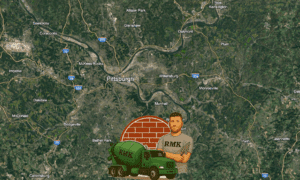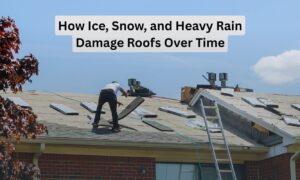Nature’s whims often remind us of our limited control over the weather. Yet, in this age of advanced weather models and cutting-edge technology, the ability to foresee and brace for significant weather events has attained unprecedented heights. This power to protect lives stands as a testament to the profound impact of advanced weather models, already having made a substantial difference in safeguarding countless lives across the globe.
In an era where climate-related challenges are increasingly pronounced, mastering weather forecast models emerge as a beacon of hope amidst uncertainty. Fueled by intricate algorithms and enriched by real-time data streams, these models have transitioned weather prediction from merely educated guesses to calculated estimations that empower communities to respond strategically to impending threats. The remarkable evolution of weather models enriches our scientific understanding and translates directly into tangible lifesaving outcomes, turning the tide against nature’s fury.
What Are Advanced Weather Models?
Advanced weather models consist of a series of computational algorithms that generate predictions based on data collected from various sources. They use this data to create a wide range of reports, including temperature readings, precipitation forecasts, humidity levels, wind speeds, and directions reports. These models also incorporate detailed knowledge about regional climates and atmospheric conditions.
Advanced weather models are a true marvel in modern science since they allow meteorologists to make highly accurate short-term and long-term predictions about impending storm activity days or weeks ahead. Without them, people would be at greater risk for damage and loss during extreme weather events such as hurricanes, tornadoes, or blizzards.
Benefits of Advanced Weather Models
One of the most significant benefits of advanced weather modeling is that it allows emergency workers to stay ahead of potentially deadly storms by making intelligent decisions before severe conditions hit land.
1) Providing Early Warnings
Weather forecasts generated by advanced models play a vital role in providing warnings well in advance, which gives people plenty of time to seek safety measures whenever necessary. This is useful, especially during hurricanes or tropical storms where residents are encouraged to evacuate their homes days (even weeks) in advance. In such situations, having accurate and timely weather forecasts is essential for ensuring the safety and well-being of individuals and communities.
2) Enhancing Public Safety Awareness
Another benefit is enhancing public awareness of upcoming severe weather situations, which minimizes panic amongst residents and culminates in improved preparedness levels among them, thus ensuring compliance with evacuation notices when issued early enough.
3) Helping Local Governments Make Smart Decisions
In addition to the above points, crisis management professionals, i.e., local government officials, utilize these technologies to make crucial decisions quickly since the accuracy of these forecasts informs planning actions. Using these tools, they can protect their communities by coordinating emergency services, issuing evacuation orders, and other emergency operations before it is too late.
4) Facilitating Research on Optimal Preparedness Strategies
Lastly, advanced weather models pave the way for better research and preparation strategies. This includes stockpiling critical resources like food, medical equipment, adequate housing structures, or protective walls that enable people to survive severe natural disasters.
Examples of Advanced Weather Model Success Stories
One of the biggest success stories regarding advanced weather forecasting happened during Hurricane Sandy, which hit New York in October 2012. Thanks to supercomputers at NOAA’s Geophysical Fluid Dynamics Laboratory, meteorologists could generate incredibly accurate predictions about where the hurricane would hit landfall days in advance. As a result, people were able to evacuate early enough to minimize casualties.
Moreover, the enhancements in meteorological technology offer visible advantages across the globe through websites that display observational data. These platforms track temperature shifts and daily wind speeds, allowing citizens to provide real-time feedback on how storms affect their surroundings. This interaction aids governments worldwide in making informed decisions, responding swiftly to storm impacts in various regions, and fostering intelligent decision-making practices on a global scale.
Conclusion
Advanced weather models mark a big step forward in predicting extreme weather. Thanks to super-smart computers and special programs, we can now predict lousy weather well, which helps keep many people safe. These models have exciting plans, like studying ocean currents and sea creatures. What’s remarkable is that we’re sure technology will keep improving, helping us understand even more complicated things and staying safe from the weather’s surprises. As these models keep improving, we’re improving at keeping ourselves and our communities prepared for whatever the weather might bring.



































